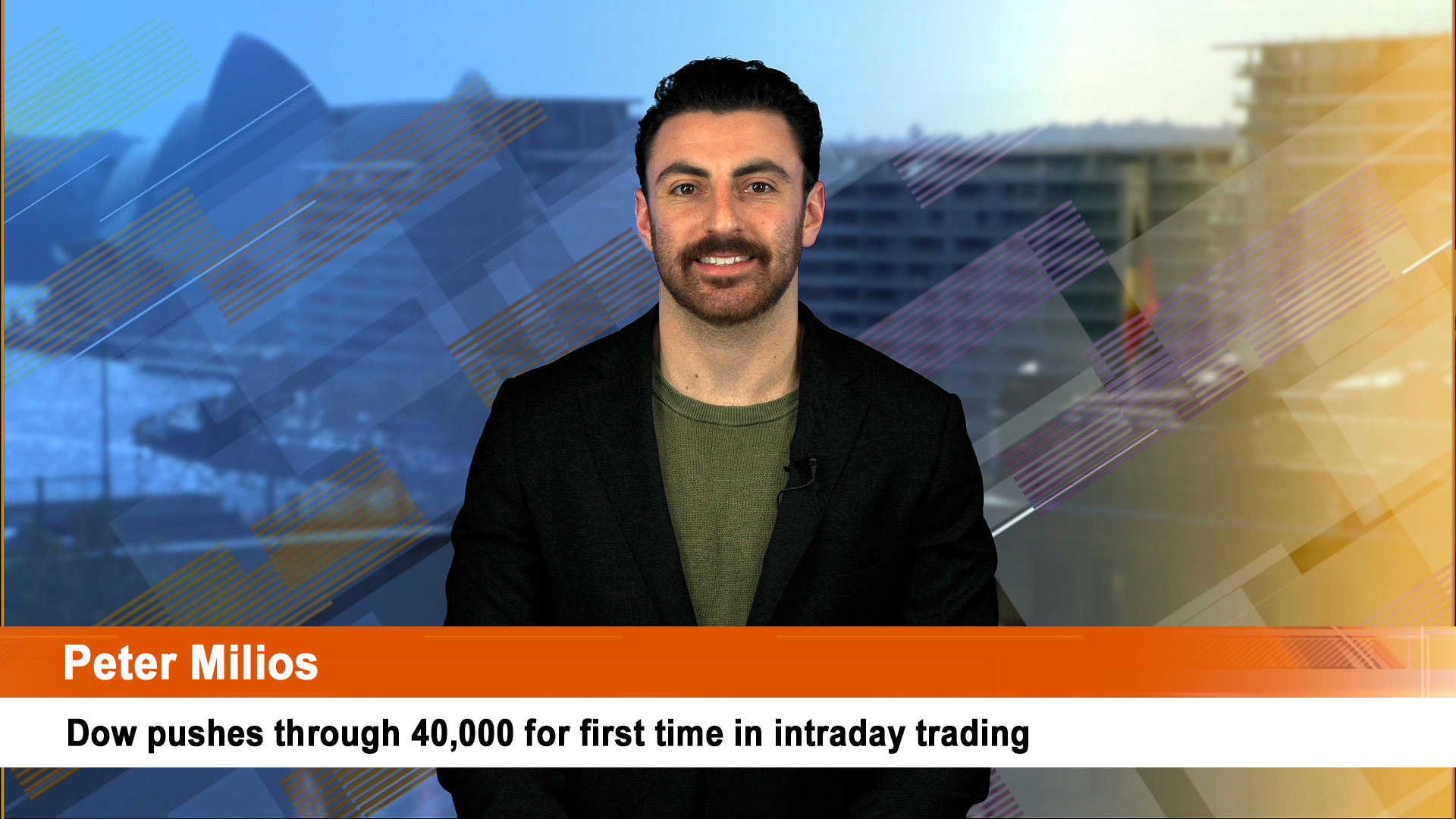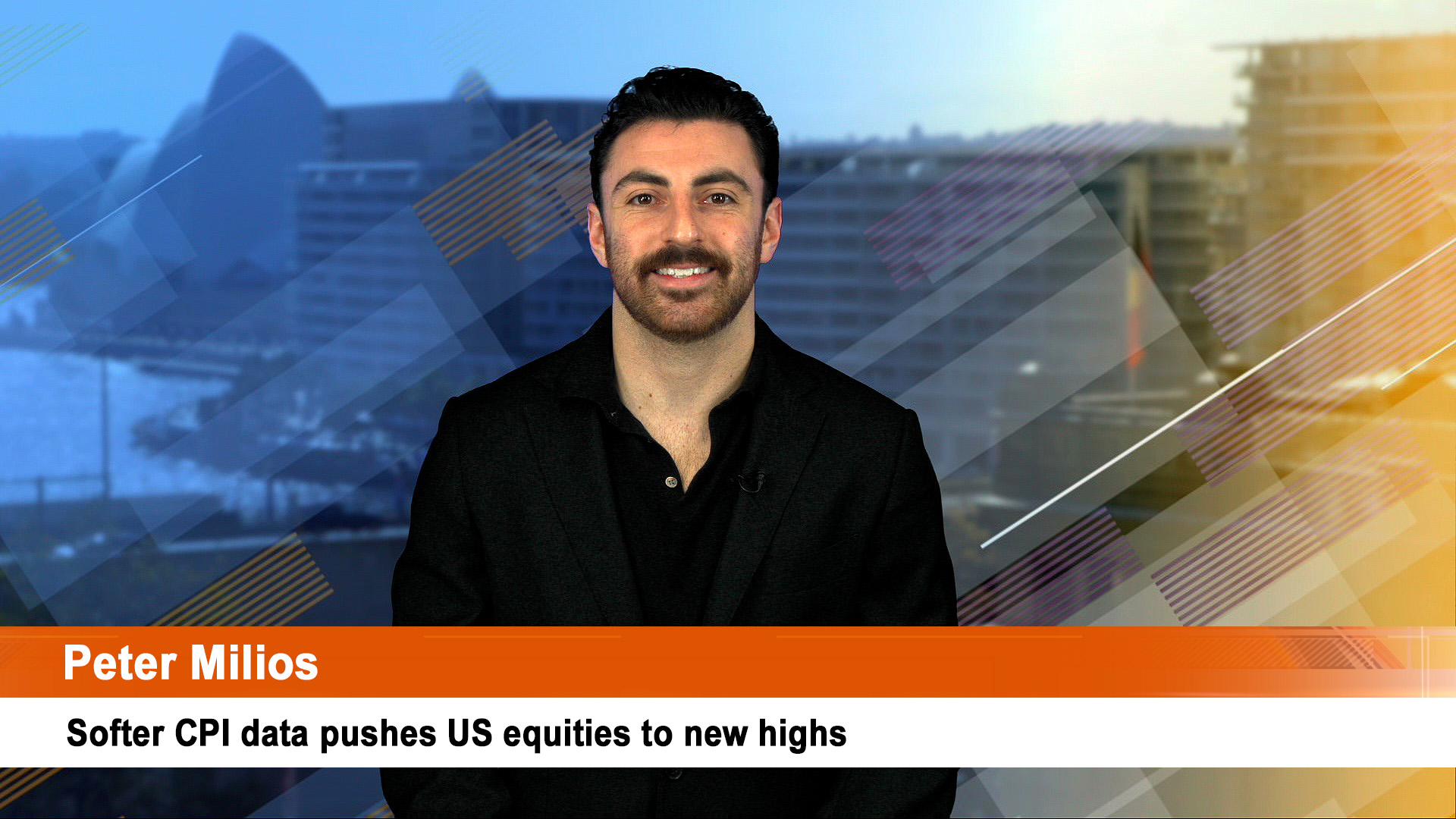It’s still late August and Monday saw Wall Street get an early attack of September’s vapours as share prices tumbled in what could be a taste of what’s to come when traders and others return from their summer holidays in early September (after Labor Day, September 5) and go OMG, sell!
The old adage is ’Sell in May and go away” (until October) would have spared investors this year the bloodbath of June but also the small rebound since then which looks like it ended in Monday’s slump.
September has a reputation for being one of the worst months for investors according to the US Stock Traders Almanac which sees the three main market measures, the Dow, S&P 500 and Nasdaq Composite all suffer nasty losses.
Other analysts say ’no it’s not just the US’, September is a weak market worldwide because it’s when investors adjust portfolios ahead of the final quarter of the year and clear out under performers from the June and September quarters.
Whatever the story, September is a month all investors know for increased volatility (simply because more investors in the northern hemisphere are back at their screens from holidays).
So some analysts wondered in September had come two weeks early after Friday’s small wobble and sell down (at the end of a losing week) turned into a much bigger sell off on Monday.
Driving the negativity. fears the market has gotten the Fed’s monetary policy stance wrong with new concerns about the size of the Fed’s September rate rise from investors ahead of a major speech on Friday (US time) from Fed chair, Jay Powell.
Investors are starting to worry they read the Fed wrong with the suggestion that the pace and number of rate rises might slow from now on after the hectic summer rises.
Also not helping buoy investor confidence was the second round of interest rate cuts by China’s central bank in a week which was seen as an admission the country’s economy was sliding into the red, helped by not only more cases of Covid, but a rapidly deepening drought that is started to threat much of China’s vital autumn grain harvests of wheat, rice, corn, soybeans and other oilseed and grains.
Comex gold and copper futures and US and Brent crude eased but thermal coal prices jumped to near record highs of $US452 a tonne for September Newcastle coal and $US444 a tonne for October coal.
LNG prices in northern Asia remained at or near record levels in Asian markets as European countries stocked up on supplies for the northern winter and local buyers made sure of their supplies ahead of autumn and winter.
China is burning more coal in its power plants because of the fall in hydro supplies because of the drought and this demand is helping keep thermal coal prices in the Newcastle market at or above recent record levels.
Even though China is banning Australian coal and buying more from Russia and Indonesia, the extra Chinese purchases are making an already short-supplied market even shorter and more expensive for buyers in Japan and Korea, as well as in China.
SGX iron ore futures traded slightly stronger in Singapore at just over $US101 a tonne for 62% Fe fines delivered to northern China, while Australian hard coking coal futures traded around $US313 a tonne, boosted by the strong demand for thermal coal.
As European sharemarkets sold off on Monday, Wall Street opened very weak and there was no change for the rest of the day.
The Dow fell sharply, suffering its worst day since June, as the summer rally fizzled out and fears of aggressive interest rate hikes from the Fed returned to haunt investors.
The Dow fell 643.13 points, or 1.91%, to 33,063.61. The S&P 500 dropped 2.14% to 4,137.99, and the Nasdaq Composite tumbled 2.55% to 12,381.57, respectively.
It was the worst day of trading since June 16 for the Dow and the S&P 500.
The benchmark 10-year bond yield signalled the new rate rise fears that emerged last week in the wake of the minutes of the last Fed meeting being released and rose past the key 3% and then eased to close at 2.98%. The US dollar rose and the Aussie dollar traded around 68.70 US cents.
Overnight trading on the ASX futures market saw a fall of 43 points, meaning a weak start later this morning in Australia.













